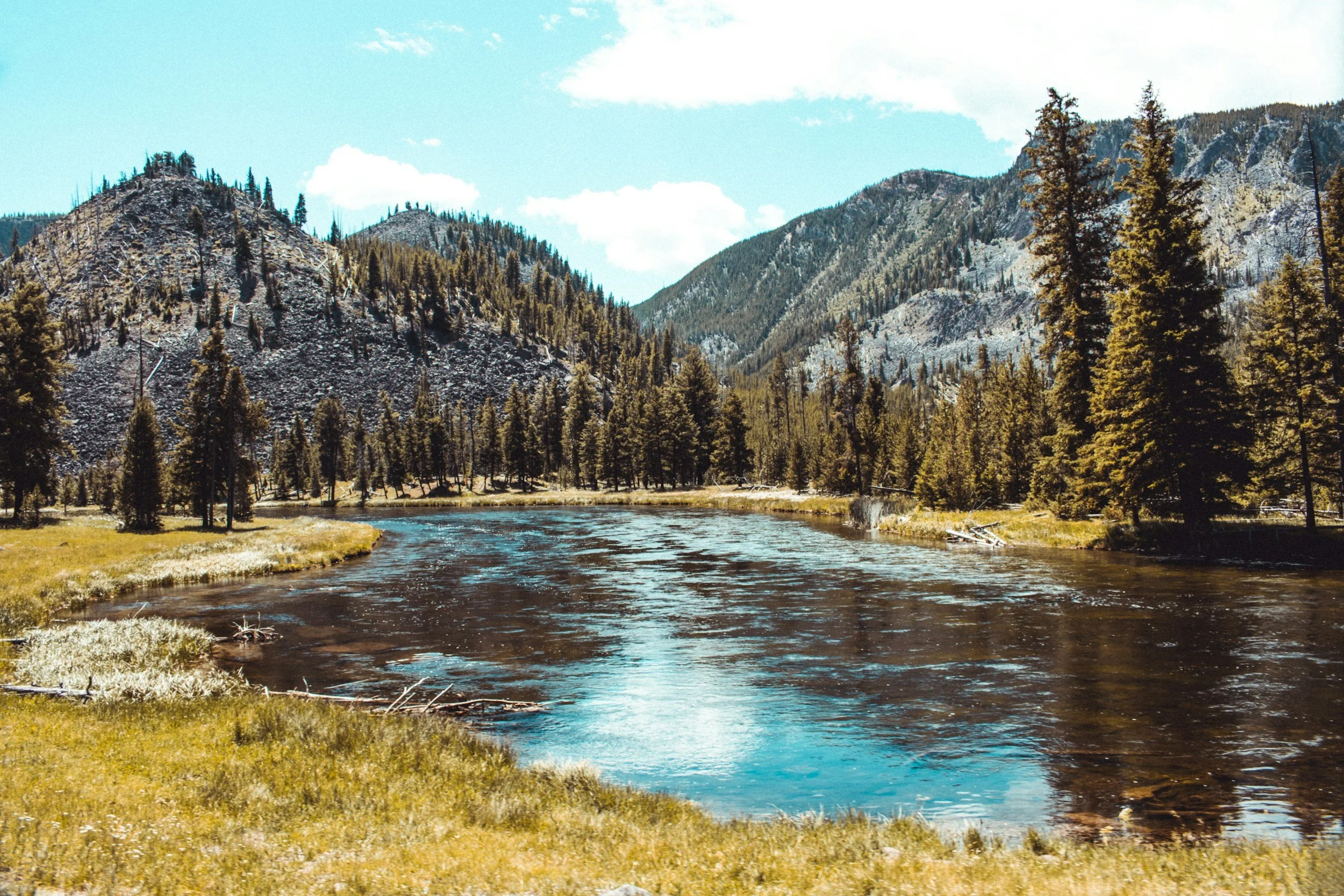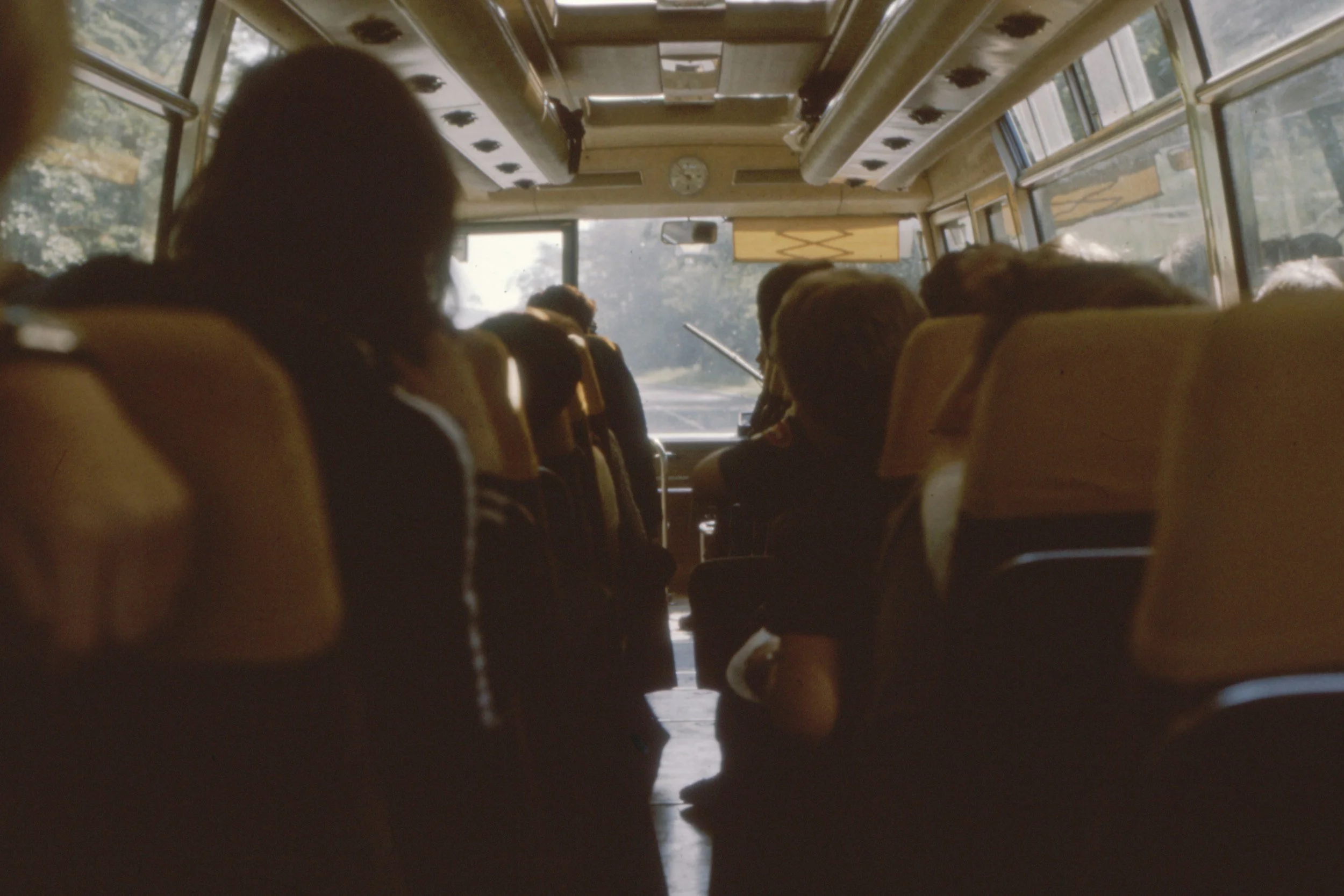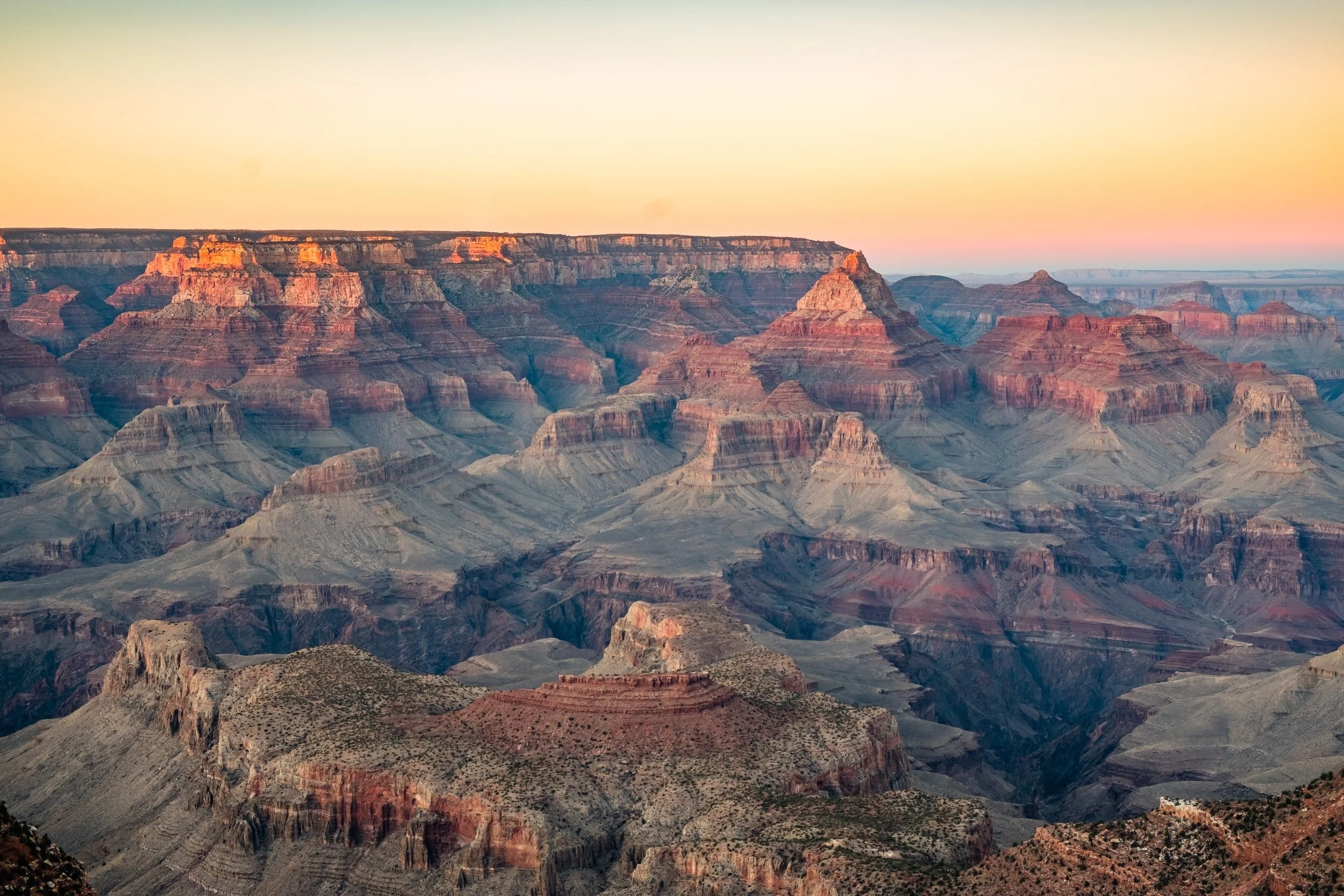Feeding the Soul
Sunday in Athens — most businesses remained closed. The streets deserted by people, energy, magic.
My travel partner and I walked the major thoroughfare. We passed shop after shop; each metal security door shut tight, its corrugated surface tagged with bold words and images. On the street corners, trash bins overflowed. Small city projects lay unfinished. Greece was in financial shambles. It owed the World Bank and others 375 billion dollars. While locals grumbled, tourists continued to visit.
Why? Tourist brochures suggest Greece is magical, mystical, and enduring. But is it the beaches? The sunshine? Or those ruins from 2,000 years ago that entice, comfort, and strengthen the foreign tourist?
We continued through the valleys of this concrete city toward the tourist center. At the first plaza on our route, we sat to rest on concrete block benches. From out of nowhere appeared a fifty-piece marching band, fully uniformed in red with black trim, and launched into the theme song of Warner Bros. Looney Tunes.
The city awakened as we entered the open square below the acropolis. People streamed out of the subway system, sidewalk cafes opened their doors, and vendors hawked their wares. From the midst of pulsing modern-day city life, we looked up at the steep un-penetrable sides of the Greek mesa as it dominated all of Athens.
We began the climb through a neighborhood of narrow streets, paved with cobblestones, and filled with small shops. Stairs gave way to a paved walkway, gradual and scented — orange blossoms and locust flowers mixed with pine. In the shade, a little boy, his plastic cup for money on the stones in front of him, played a simple tune on a recorder. We strolled, accompanied by his musicuntil the crowds and their noise magically disappeared.
One turn, then another, and we passed through massive stone gates to theofficial entry to the ancient site of Athensentry. People swarmed up and down the diagonal ramps that crisscrossed giant perpendicular stairs. Each individual concentrated on the task of climbing, but occasionally stopped to breathe, to look, to interact. Here, a group of sari-clad women gathered to listen to their tour guide and there, a young boy looked up from watching his feet. He gazed at the view, his attention rapt. His expression declared what he saw to be unlike anything he,in his nine or ten years,had ever seen. He was mesmerized.
I turned to look — and gasped. Athens sprawled magically below us as if it was poured into this valley; the roofs of the houses created a line undulating against the hills in the distance — the entire vista the color of cappuccino foam. Past the ramps, the massive marble columns stood close enough to touch, and signs directed us not to. T-shirted staff reinforced the directive. More stairs and finally, we reached the top of the acropolis and the Parthenon.
The Parthenon. Familiar, yet unknown. It was in every schoolbook for every subject from social studies to math. I can only remember bits: the shape of the columns enhance the design; the tools used then were fashioned from material more effective than those of today; an Englishman stole the marble friezes and they remain at the British Museum.
The Parthenon did not stand alone above the city. Other sanctuaries and temples surrounded it. One or two remained upright, but piles of building materials lay in organized chaos and two cranes posed mid-lift. Though it took only nine years to build the Parthenon, international efforts to rebuild it have taken thirty-four.
I wondered about those first builders. How did they get to the top of the acropolis? How did they move those quarried rock pieces up two hundred and fiftyfeet to make the columns? And how did they shift those huge columns upright? Magic, perhaps? I had no clue.
And as I tried to fathom answers, I saw the true herculean effort of these structures. They were timeless in their own right: magnificent artifacts of humanity. They overrode the craziness of economic booms, politics, even wars. They were built to honor the gods with the best that man had to offer.
We returned through the entry gates and continued back down the slope to other parts of ancient Athens — theaters, marketplaces, and locations in which democracy was first exercised.
At the Temple of Olympian Zeus, we watched the tourists. At every spot with a selfie stick, they took photos at all angles and in all directions. They included themselves and each member of their group in multiple ways. They adjusted lenses and snapped selfies at one corner of the temple, moved to the next, and did it again. Photos of the cornices, of the columns, of the base — each with a face of a friend or a loved one that could be tagged later on Facebook.
Each photo ensured they would take home a piece of this place without removing anything? That they would leave their stamp on each item they visited — like graffiti, but without the mark. More importantly, they made the effort to see something they knew possibly, just possibly, could add to the meaning of their lives. The photograph documented that they had visited. Something else must serve as the magical moment to evidence their recognition of the gods.
Then a woman hopped. Yes, hopped. That movement caught our attention. At the base of the temple, she stood with her back to the camera. Her long, black hair flowed as she hopped, twisting ever so slightly, and pulling her feet up behind her bum. Her red tennis shoes contrasted with her all-black outfit. And at the end, she flipped her hand above her head to form a peace sign. Gravity pulled her down to land gracefully. She turned to look at the man behind her with the long-lens camera.
Again, she jumped. Same move, same enquiring look to the man. And again.
We watched until my travel partner said, “Go jump with her.” I hesitated. It was her movement, her moment, and her space. Still, I felt the magnetic pull.
I walked closer to the temple and stood about ten feet away from the young woman. At first, it must have appeared I was getting a better look at the monument. I jumped when she jumped, and that got her attention. I heard her giggle. I did it again.
Suddenly, I felt my right hand held by her left. She counted and on three, we jumped together. And again — with both of our partners photographing in unison. We looked back at them and the two men nodded. They had the shot.
It could have been one of those moments we missed: I might have felt embarrassed and not jumped. The young woman might have thought I was encroaching on her space and walked away. The men’s cameras might not have worked. But none of those things happened. It was a moment we experienced in full.
Like two-thousand years ago, the magic of space, time, and energy came together. In that moment, we honored the gods.
-J.O. Haselhoef
J.O. is a social artist who writes and travels. Her work has been published by Wising Up, Fiction Southeast, the Milwaukee Journal Sentinel, Extra Newsfeed, Healthcare in America, Haiti Global, and Stuff dot Life.





















